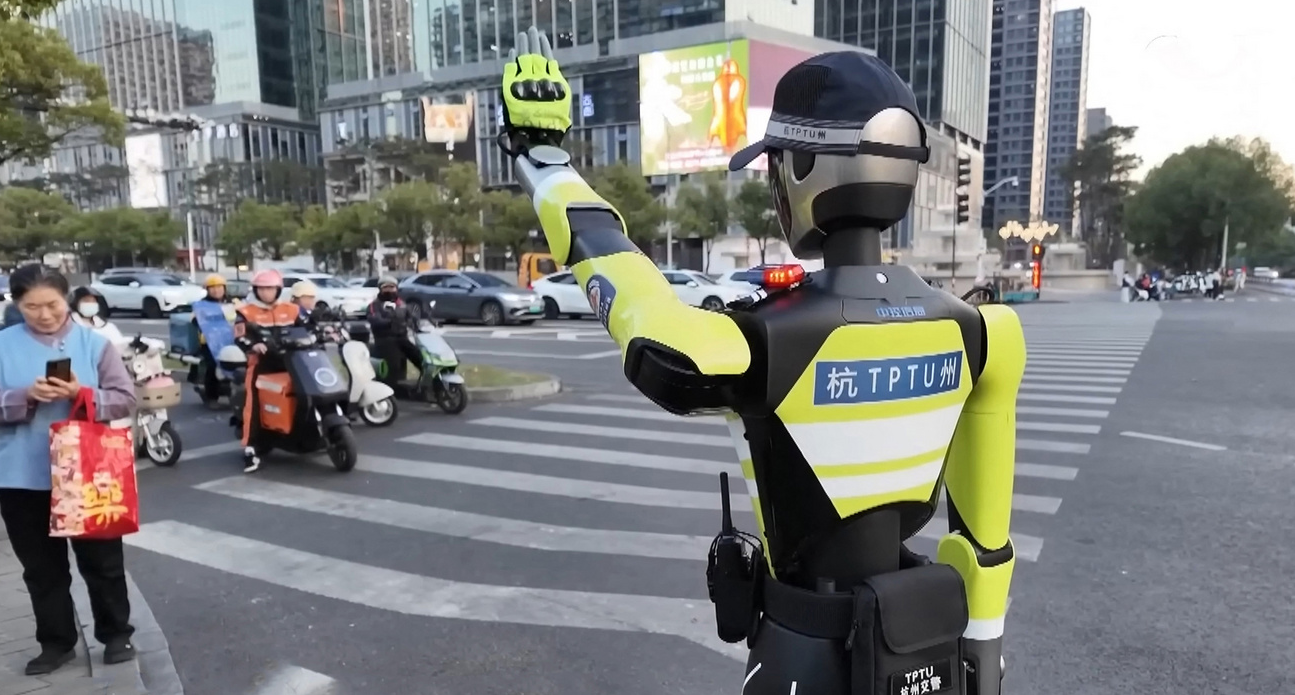China already has the world’s fastest commercial train, courtesy of the maglev (“magnetic levitation”) line that runs between Shanghai’s main international airport and a not particularly central part of the city. But the country’s need for speed knows no bounds, and scientists in Sichuan are apparently preparing to test a train that could potentially reach top speeds that’ll make the current maglev look like a family car stuck in rush hour traffic.
Here’s a superlative-laden excerpt from The People’s Daily:
Chinese scientists have built the world’s first prototype testing platform for an ultra-high-speed vacuum magnetic levitation (maglev) train that can travel at a whopping 1,000 kilometers per hour under ideal conditions.
Developed by Sichuan-based Southwest Jiaotong University, it is the first high-temperature superconducting maglev test loop in China.
The 45-meter loop, with a designed load capacity of 300 kilograms and a maximum load of 1,000 kilograms, can levitate the train to over 20 millimeters above the track.
It is a superconducting maglev system that has the smallest cross section and uses the smallest amount of permanent magnet materials. The loop is capable of conducting dynamic tests ranging from 0 to 50 kilometers per hour.
Huh, a loop for testing a vehicle at hyper speeds. Interesting.
After soberly claiming that “the technology developed by Chinese scientists has amazed the world,” the People’s Daily piece goes on to note that Southwest Jiaotong University, who are working on the project, may face a bit of competition in the ridiculously-fast-train stakes:
China Aerospace Science & Industry Corporation claimed in August that it was developing a “flying train” capable of travelling up to 4,000 kilometers per hour, 10 times faster than the high-speed trains running between Beijing and Shanghai.
You can read more on the background to that project here:
 China Brushes Off Elon Musk’s Hyperloop, Setting Sights on 2,500 MPH “Flying Train”Article Sep 02, 2017
China Brushes Off Elon Musk’s Hyperloop, Setting Sights on 2,500 MPH “Flying Train”Article Sep 02, 2017
All of which is fine, but will you be able to eat instant noodles on board without spilling them?
Images from People’s Daily















